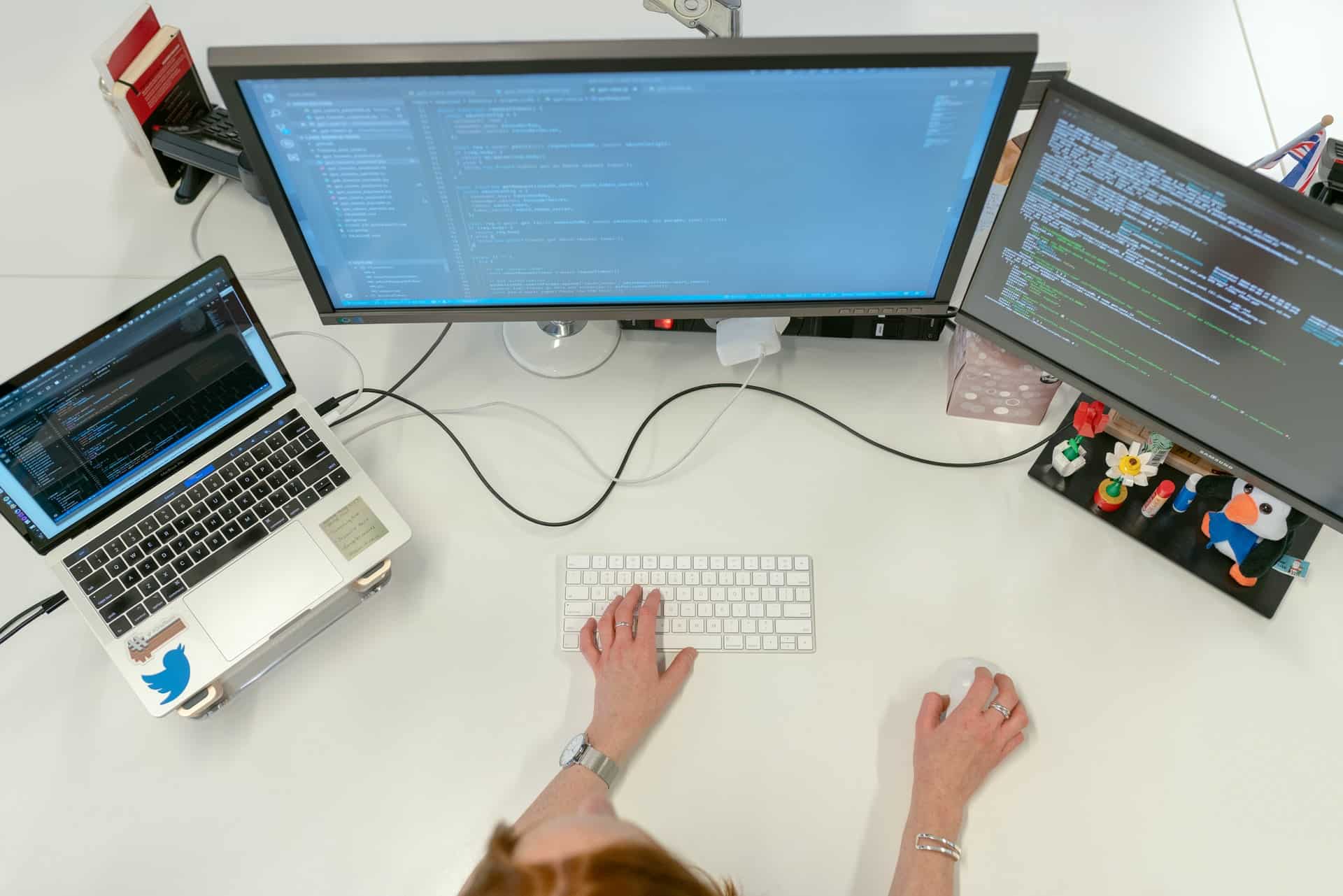Soft Skills Development for Students
When it comes to preparing our children for success outside of the classroom, as educators, we often focus on core curriculum competencies. While ensuring that your students comprehend the things you teach is critical, STEAM-infused classrooms have an edge that educators may exploit to help students prepare for their future careers: soft skills. The following are some of the soft skills that can be learned through STEAM:
-
Computational thinking
-
Critical thinking
-
Collaboration on tasks and projects
-
Communication on tasks and projects
-
Technology literacy
-
Leadership
-
Social skills
Social abilities
According to a recent study done by a Berkeley management professor and former Harvard Business School lecturer, one skill stood out above the rest. He looked at 5,000 business executives in a range of professions over the course of five years to see what made them top achievers. What’s the end result? “Do less, then obsess,” the highest achievers were able to say. Workers ranked substantially higher in the survey after breaking down their roles, projects, and duties by priority and then focusing on the most important tasks relevant to their position.
If this sounds familiar, it’s because it is. This strategy can be applied by students and educators in a STEAM classroom by using computational thinking skills. What does it mean to think computationally? The act of formulating a problem and expressing a solution in a fashion that a computer can understand and implement is referred to as computational thinking. There are four components to computational thinking:
- Taking a big topic and breaking it down into small chunks (decomposition).
- Identifying commonalities between problems (pattern recognition).
- Concentrating on the most crucial aspect of a problem (abstraction).
- Creating step-by-step instructions for resolving the issue (algorithms).
Computational thinking gives pupils the ability to embrace simplicity in their work now and in the future. Students will be far more likely to be successful in the job if they have the ability to approach their classwork with this STEAM-powered methodology.
STEAM (Science, Technology, Engineering, and Mathematics) Careers
Your kids may be able to rattle off a list of dozens of science occupations off the top of their heads, but they may struggle to make the dots between STEAM and future career options. As educators, we have the chance to teach kids about how STEAM integrates science, technology, engineering, the arts, and mathematics, as well as the numerous career opportunities it may provide. Because STEAM includes the aesthetic design element that is essential when interacting with scientific, technological, engineering, or mathematical work, students can examine a wide range of career options. This is fantastic news for students who aren’t as enthusiastic about basic STEM subjects because STEAM provides them with another way to become interested in such topics. The following are some examples of STEAM job titles:
-
Architects
-
Video Game Designers
-
Photographers
-
Graphic Designers
-
Cinematographer
-
Forensic Psychologists
-
Animators
-
Medical and Scientific Illustrators
-
Sound Engineers
-
Scientific and Medical Marketers
-
Scientific and Medical Writers and Editors
-
Interior Designers
-
Fashion Designers
-
Sound Designers
-
Product Designers
-
Front End Developers
-
Urban Planner
-
Art Therapist
-
Taxidermist
-
Woodworker
-
Winemaker
-
Theater or Movie Set Designer
In their daily work, each of these roles employs a combination of art, science, math, and/or technology. These professional suggestions are simply a starting point to get students thinking about STEAM-related careers since there are many more to consider. STEAM has a huge impact on the world around us, and as teachers, listening to our students’ interests and connecting them to STEAM can be one of the most beneficial things we can do for them during their time in school.
Assist students in pursuing their STEAM interests.
One of the best aspects of STEAM is that it allows kids to interact with real-world issues and solve real-world difficulties. As a teacher, there are three wonderful ways you may aid kids with their future career objectives by enhancing this for them.
1) Assign projects to them. It’s excellent to have children learn about the subject, but providing them projects is what actually unlocks the STEAM potential. Students can speculate, experiment, and discover connections between the subject they teach and the world around them using projects. Even better, students can leave school with a real portfolio of finished work that they can exhibit to potential employers to demonstrate their qualifications, skills, and competence.
2) Invited Speakers. Bringing in guest speakers from the STEAM fields to your classroom can be a beneficial learning experience for students. Allow students to develop a list of questions to ask the speaker that is relevant to their interests, while also informing the speaker about your STEAM work. Many working professionals nowadays have STEAM-related jobs that they aren’t even aware of! By exposing your pupils to chances while they are still young, you are helping to educate them on how STEAM methods are used in the workplace and how vital STEAM is for their future.
3) Internships and apprenticeships should be encouraged. Internships or apprenticeships in STEAM-related sectors can help youngsters nearing middle or high school takes their projects to the next level. Many K-12 educators believe that internships are only for higher education, however, with the rise of charter schools and individualized learning initiatives, it is now possible to connect a student’s STEAM curriculum with real-world experience. It may be necessary for you to collaborate with your student’s other teachers to inform them about your STEAM work and your emphasis on STEAM education, but if you can find the appropriate chance, you may be able to favorably influence your student’s future.
More STEAM Education Resources
Educating your pupils in STEAM is a long process, but it is one that is worthwhile and will follow them throughout their lives. Your children may stand out in their future careers with the correct STEAM-powered skills, projects, and experiences.










